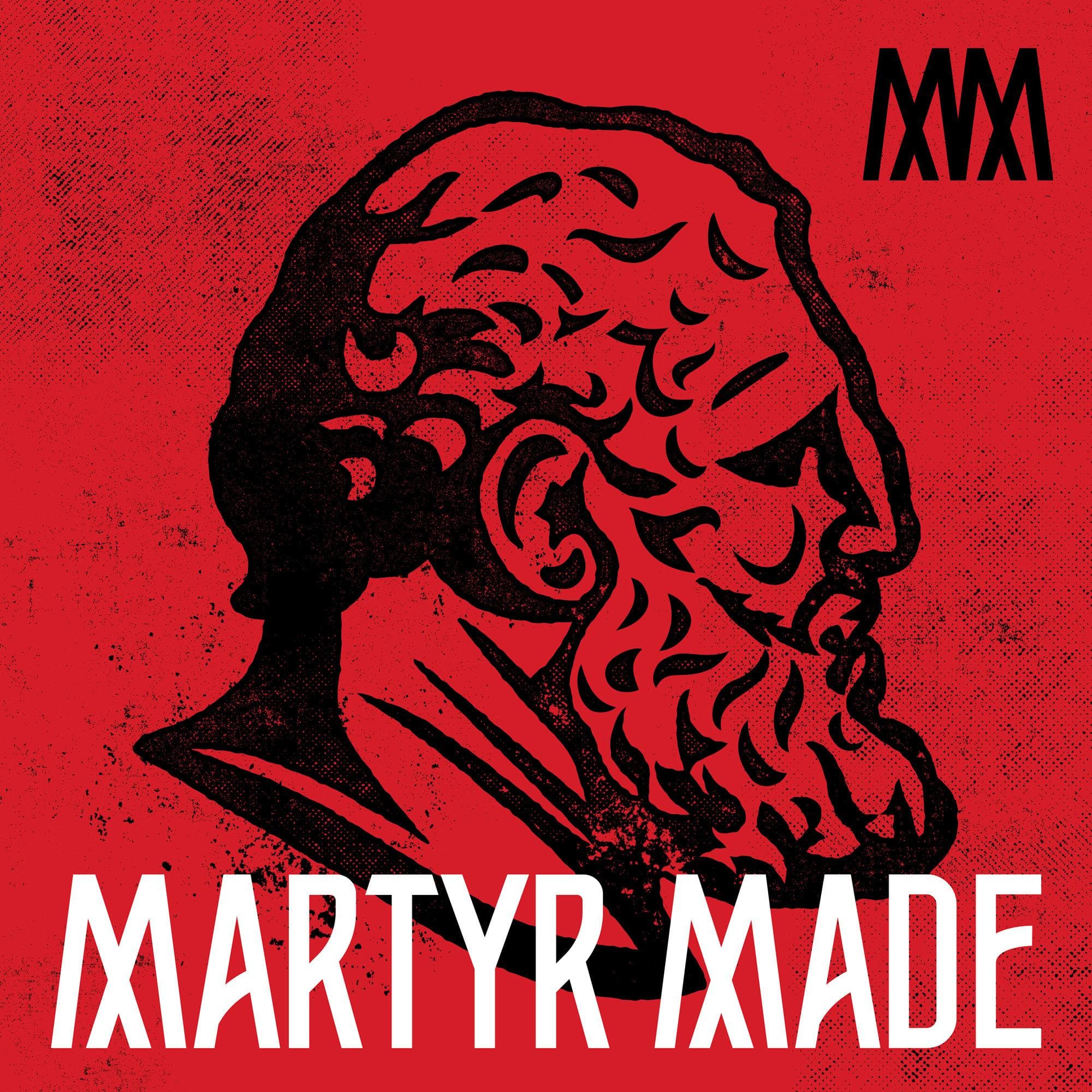
September 9, 2022 • 5hr 34min
#22 – Whose America?, ep. 1: Rough Extraction
The Martyr Made Podcast

Key Takeaways
- The West Virginia Coal Mine Wars of 1920-1921 represented the largest armed insurrection in US history since the Civil War, involving 10,000-20,000 armed coal miners marching to lift martial law and free jailed miners.
- The conflict stemmed from rapid industrialization of southern West Virginia, which transformed isolated rural communities into company-owned mining towns within a generation.
- Coal companies exerted totalitarian control over miners' lives, owning their homes, stores, churches, and local government. Miners had few rights and faced abuse from company guards.
- Attempts to unionize the southern WV coalfields were violently suppressed by coal companies using private security forces like the Baldwin-Felts Detective Agency.
- Key events included the "Battle of Matewan" in 1920 where the town's pro-union police chief Sid Hatfield killed Baldwin-Felts agents, and Hatfield's later assassination.
- The conflict culminated in the Battle of Blair Mountain in 1921, where 10,000+ armed miners battled police, strikebreakers and eventually US Army troops sent to put down the rebellion.
- While the miners were ultimately defeated, their struggle helped lay the groundwork for labor reforms and unionization of the coal industry in later decades.
Introduction
This episode covers the West Virginia Coal Mine Wars of 1920-1921, focusing on the rapid industrialization of southern West Virginia's coalfields and the resulting conflict between coal miners and coal companies. It examines how isolated rural communities were transformed into company-owned mining towns within a single generation, creating oppressive conditions for miners that eventually led to armed rebellion.
The host provides historical context on the settlement of Appalachia and the cultural background of the miners, many of whom were descended from Scots-Irish immigrants. He then traces the development of the coal industry in West Virginia and the totalitarian control exerted by coal companies over miners' lives.
Topics Discussed
Settlement and Culture of Appalachia (11:06)
- Appalachia was settled in the early 18th century by immigrants from the borderlands of Northern Ireland, northern England, and Scottish lowlands
- These settlers were known for their warrior culture and commitment to personal liberty
- They formed isolated, self-sufficient communities in the mountains with little outside interference
- Most residents owned small farms and participated in a subsistence economy
Industrialization of Southern West Virginia (25:08)
- Coal companies began buying up land and mineral rights in the late 19th century
- Within a generation, most residents went from independent farmers to coal miners living in company towns
- Companies built and owned all housing, stores, churches and other facilities in these towns
- Miners were paid in company scrip only redeemable at company stores
- Coal companies exerted totalitarian control over miners' lives, including:
- Monitoring mail and banning outside literature
- Controlling local government and law enforcement
- Using private security forces to intimidate workers
Early Unionization Attempts (1:11:06)
- United Mine Workers of America (UMWA) tried to organize WV miners starting in 1890s
- Coal companies violently resisted unionization using private detectives and guards
- Baldwin-Felts Detective Agency hired to infiltrate and suppress union activity
- Miners who supported unions faced beatings, eviction, and blacklisting
The Battle of Matewan (1:51:54)
- May 19, 1920 - Pro-union Matewan police chief Sid Hatfield confronts Baldwin-Felts agents evicting miners
- Gunfight erupts, killing 7 Baldwin-Felts agents, 2 miners, and the mayor
- Hatfield becomes a folk hero to miners for standing up to the coal companies
- Incident galvanizes support for unions among miners
Escalating Tensions and Violence (2:26:40)
- Coal companies increase use of strikebreakers and private guards
- Striking miners attack mines, strikebreakers, and company property
- Martial law declared in Mingo County, with hundreds of miners arrested
- August 1, 1921 - Sid Hatfield assassinated by Baldwin-Felts agents
The March on Blair Mountain (3:45:53)
- Hatfield's murder sparks outrage among miners
- 10,000-15,000 armed miners begin marching to free imprisoned miners and end martial law
- Miners battle police and strikebreakers defending Blair Mountain
- President Harding orders in US Army troops and aircraft to put down the rebellion
- Miners stand down rather than fight US soldiers
Aftermath and Legacy (5:22:12)
- Miners forced to return to work, union membership plummets
- Hundreds of miners imprisoned, union leaders tried for treason
- Coal company control re-established over southern WV coalfields
- Miners' struggle helped lay groundwork for later labor reforms
- UMWA finally gains foothold in WV in 1930s under New Deal legislation
Conclusion
The West Virginia Coal Mine Wars represented a pivotal moment in US labor history, pitting exploited workers against powerful industrial interests. While the miners were ultimately defeated, their armed rebellion demonstrated the extreme conditions faced by workers and the lengths they would go to fight for basic rights and dignity. The conflict helped expose the oppressive nature of company towns and private security forces, contributing to later reforms that improved conditions for workers and allowed unionization. Though unsuccessful in the short term, the miners' struggle was part of a larger movement that reshaped American labor relations in the 20th century.